 Startups are popping up all over, and St. Paul’s Macalester College is no exception. It’s doing its part to support entrepreneurial students in its student body. The Mac Startups program is back for a second year after a successful pilot program in 2014.
Startups are popping up all over, and St. Paul’s Macalester College is no exception. It’s doing its part to support entrepreneurial students in its student body. The Mac Startups program is back for a second year after a successful pilot program in 2014.
Another group of motivated students has spent this summer learning about 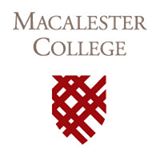 entrepreneurship and developing their startup ideas into real products and businesses. The college says the program is similar to the fellowship model it uses for academic research projects. It provides the selected teams of students with coworking space, housing, funding, and resources. But, essentially, it’s a student-run entrepreneurship incubator.
entrepreneurship and developing their startup ideas into real products and businesses. The college says the program is similar to the fellowship model it uses for academic research projects. It provides the selected teams of students with coworking space, housing, funding, and resources. But, essentially, it’s a student-run entrepreneurship incubator.
Here’s how the program works: the teams identify problems in the Twin Cities community (and beyond) and develop creative products and services to solve these problems. Their projects range from a mobile app for group decision making, to a platform for sharing homecooked meals, to a home composting pickup service.
While working on their ideas this summer, the Mac Startups students have also been engaging with the entrepreneurial community in the Twin Cities by attending meetings and hosting events on campus, as well as by holding workshops. Each  team was paired with an alumni mentor with expertise relevant to their project.
team was paired with an alumni mentor with expertise relevant to their project.
On September 10th, from 12:30 to 2:00 pm, the teams will be showcasing their work at a “Demo Day” event on the beautiful Macalester campus. The event will feature short pitches from each of the Mac Startups teams, as well as a light lunch and some great networking with members of the startup community, faculty and student leaders, and some notable Mac alumni, including Seth Levine of the Boulder, CO-based VC firm Foundry Group. This year’s Demo Day is an official event of Twin Cities Startup Week.
Get ready to see some great demos from this year’s batch: ArtDefy, NÜDL, Plannd, Unanimus, VendFresh, CoArt Designs, and Hop In.
I attended last year, and I was honestly blown away by the energy and smarts of the highly motivated Mac students who presented! And their startup concepts were very well thought out. I’m betting this year will be even better.
I encourage you to attend. For details and to register, just go the Eventbrite page. See you there!



 Karla Lemmon has done it. She’s left a successful corporate career as a product manager to pursue her dream of becoming a tech entrepreneur and marketing her own app — an app for which she’s convinced there’s a big need.
Karla Lemmon has done it. She’s left a successful corporate career as a product manager to pursue her dream of becoming a tech entrepreneur and marketing her own app — an app for which she’s convinced there’s a big need.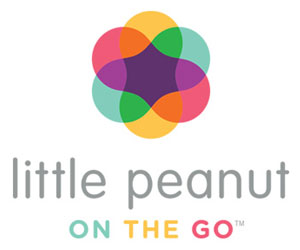 Little Peanut on the Go
Little Peanut on the Go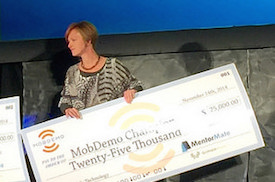




 s about a new angel fund in Minnesota appeared in the StarTribune in late January:
s about a new angel fund in Minnesota appeared in the StarTribune in late January: 
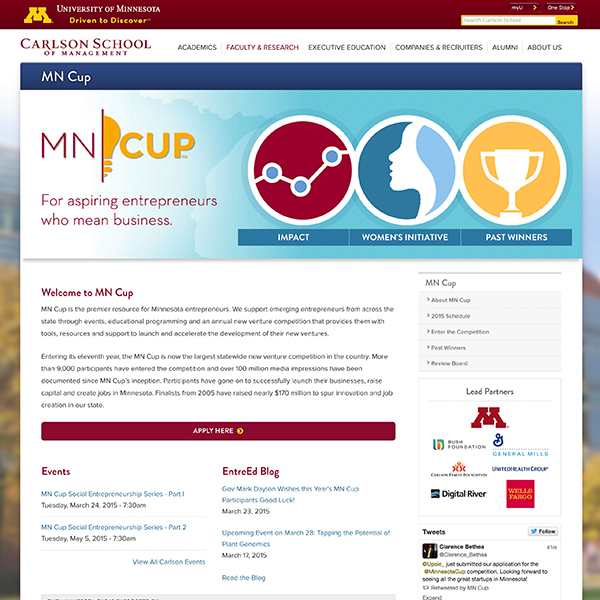




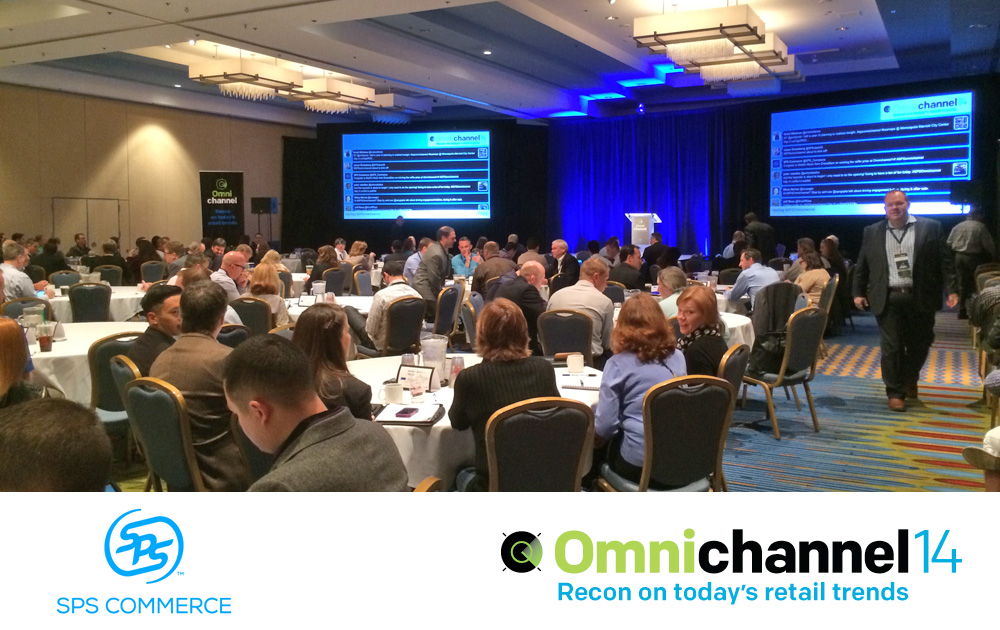

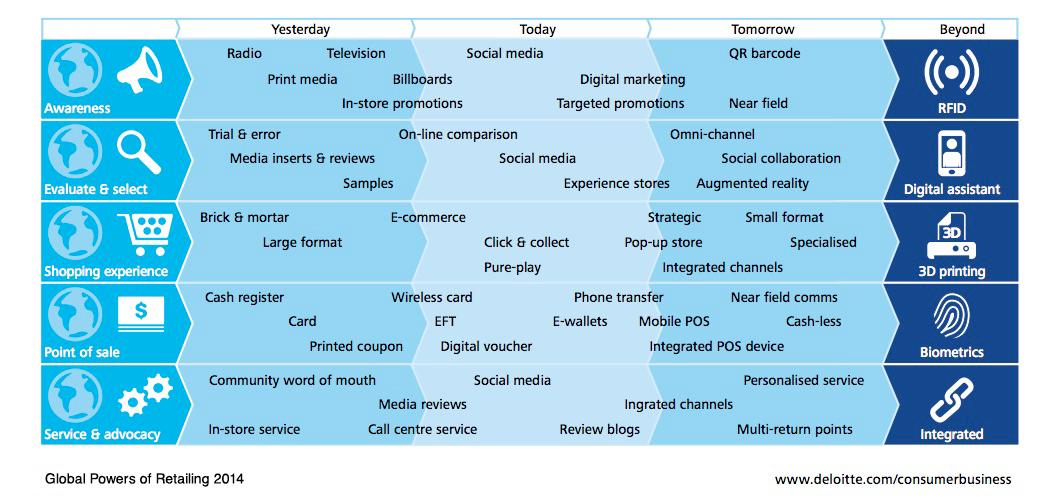
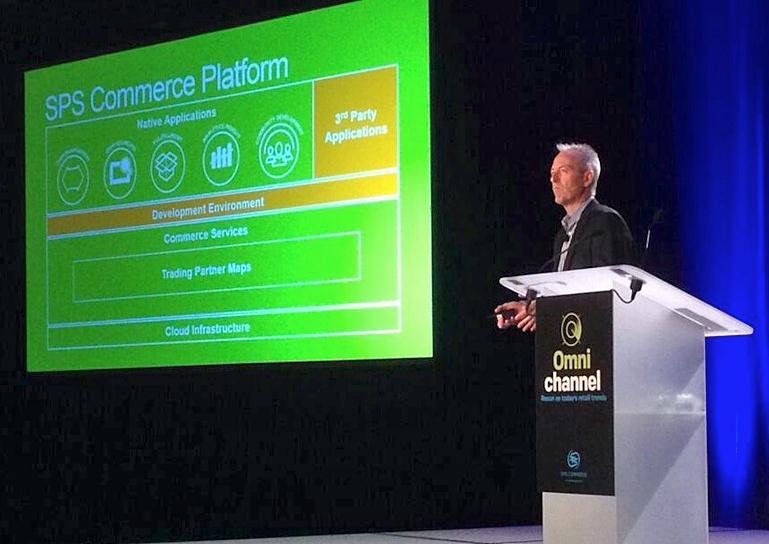
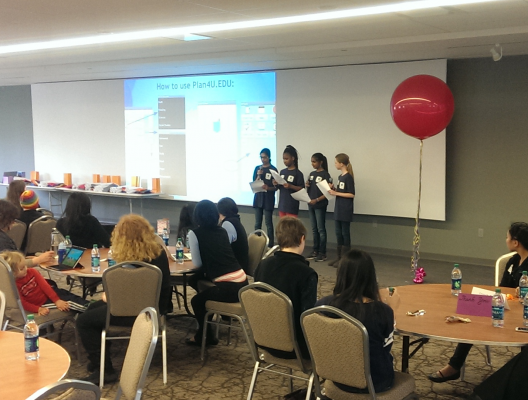
 Software Firm 8thBridge Sold But Plans Expansion
Software Firm 8thBridge Sold But Plans Expansion